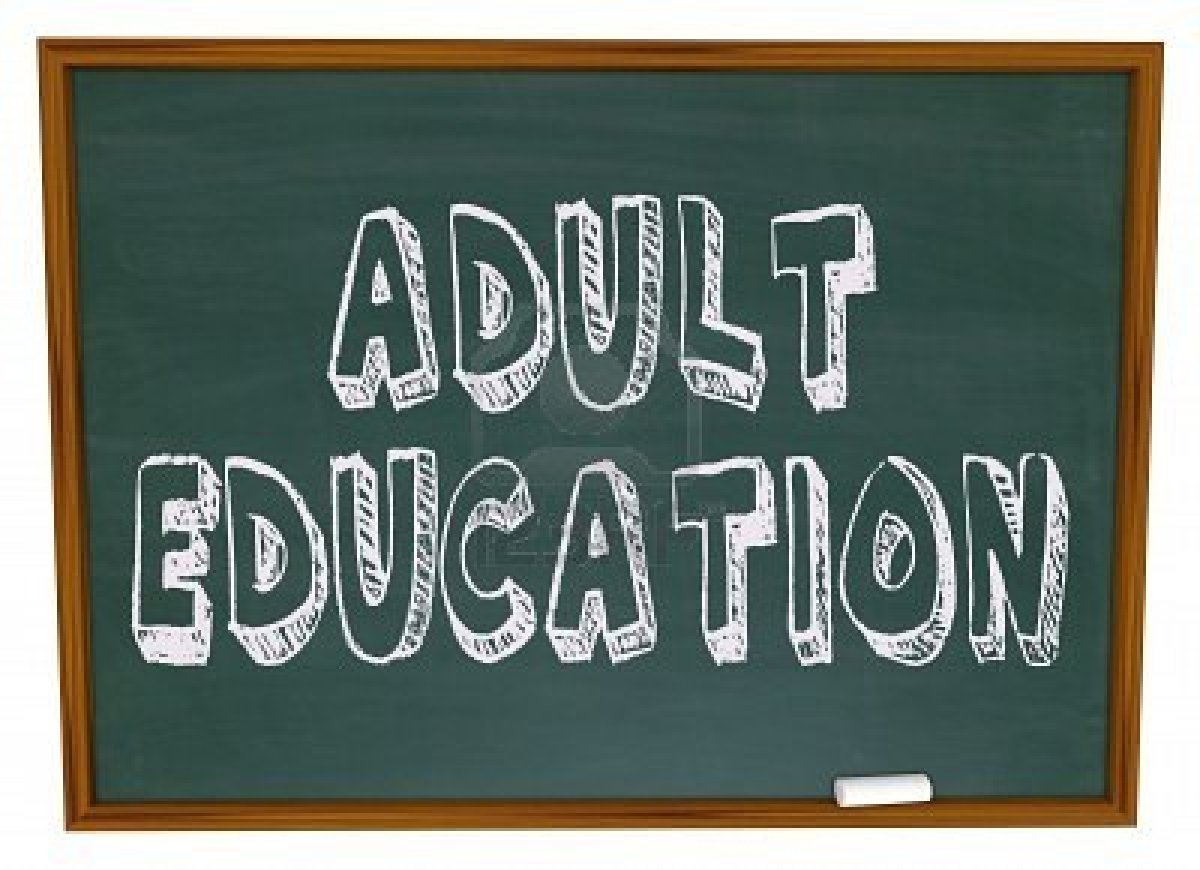In India, education has been provided to a few fortunate people and this has widened the gap between a few literate and millions of illiterate people in India.
Since the population of the country is so large, it has been a very difficult task to educate all the people of India. It has been estimated that by 2008 AD, 28% of the world’s illiterate people will be found in India alone. There are still about 45,000 villages in India that do not have a primary school.
Adult education has now become a great necessity in India. It is obvious that an adult will be interested in studying only that which can help him with his occupation. He won’t be interested in learning from scratch and that too all those subjects that can never help him with the earning of his livelihood.
ADVERTISEMENTS:
The Adult education programme was first launched in 1978. It now covers 94,000 centres with the involvement of the Centre, the State, Universities, Nehru Yuvak Kendra etc. About 300 Adult education centres under the rural functional literacy scheme with an enrollment of 30 adults in each were constituted in one district in every state during 1979-83 now; it is about 600 adults. This means that in each state only 2 lacs adults have been educated over a period of 25 years.
Even as a demonstration effort, this is far too insignificant. There are too many people who are still illiterate in this country. The success of this programmes depends upon the implementation of the results of a systematic research done in the field of non-formal education.
The television, radio, video systems, films etc. are of great use as visual aids to help in these adult education programmes.
One should not be discouraged by the high costs that are incurred while implementing these programmes because the long term benefits derived from them will be much more than the burden of these high costs.
